Sometimes, it’s nice to take a break from the ~discourse~ and return to one’s roots in royal history. Today, I wanted to look at the seven (and counting) royal women to hold the title “Princess Royal.”
I didn’t know much about the history of the title, and I was aided in this endeavor by someone I’m so excited to introduce: my research assistant, Allyson McElwaine! Allyson has come on board to help with sourcing royal documents, fact-checking, and general research. We’re cooking up some great topics for future newsletters (and other projects…), which I hope you’ll enjoy.
Thanks for the stella input on this newsletter, Allyson!
Princess Anne may not have been leading the pack at Monday’s Commonwealth Day service, but her steady, unwavering presence at royal events remains reassuring. Named “Princess Royal” during her mother Queen Elizabeth II’s reign, Anne continues to hold the title under her brother, King Charles III.
The title is entirely symbolic—but no less intriguing. Granted only at the monarch’s discretion, “Princess Royal” is the highest single honour that a member of the royal family can receive.
Dating back to the 17th century, the title’s significance—and the role of its holder—have evolved with each reign. It represents both continuity and change: a symbol of consistency and stability within the monarchy itself, yet reflective of the shifting dynamics of each monarch’s rule.
Let’s look back at the seven women who have held the title of “Princess Royal” throughout history…and how they measure up to the gold standard set by Princess Anne’s tireless commitment to public service.
Mary Stuart
The title “Princess Royal” was first introduced when Queen Henrietta Maria (daughter of King Henry IV of France and wife to England’s King Charles I) sought to emulate the French tradition of styling the eldest daughter of the king as “Madame Royale.” In 1642, she would have the English translation formally put into practice.
Princess Mary Stuart, daughter of Henrietta Maria and Charles I, became the first to hold the title, but her role in the monarchy was largely symbolic rather than public-facing. She did, however, set the precedent for the monarch’s eldest daughter to be eligible for the “Princess Royal” style—though it was never meant to be automatically applied. To this day, no one is “entitled” to be Princess Royal unless and until the reigning monarch bestows it.
Mary spent much of her life in the Netherlands, where she lived in exile after her father’s execution. Despite her marriage to William II of Orange, she retained the title of Princess Royal for life. Customarily, a British princess takes on her husband’s title upon marriage, but if his rank is lower, her birth title as a princess can remain in use—often combined with her married style (for example, “HRH The Princess Louise, Duchess of Argyll”).
By marriage, Mary became Princess of Orange and later acted as regent for her son, William III of Orange—born just days after William II’s death. A staunch Protestant, Mary resisted efforts by her family to convert her to Catholicism—even on her deathbed.
Mary died of smallpox in 1660 at just 29 years old, a few months after returning to London to celebrate the restoration of the monarchy. She was buried, at her request, in Westminster Abbey.
Her son, William III, would grow up to marry his cousin—also named Princess Mary—the daughter of King James II. Together, they would become co-rulers of England, Scotland, and Ireland after the Glorious Revolution in 1689.
Princess Anne
The title “Princess Royal” fell out of use between the first and second holders. Princess Mary (later Queen Mary II) and Princess Sophia Dorothea (the only daughter of King George I) were both eligible for the style but never received it—likely because they already held titles by marriage by the time they could have been made Princesses Royal.
But when Anne, the eldest daughter of King George II, was given the honor in 1727, it became firmly embedded in British history.
As a child, Anne’s life was threatened by smallpox, but she survived after becoming one of the first people ever inoculated against the disease (an early form of the practice known as variolation). She also studied music under Georg Friedrich Händel—who supposedly abhorred teaching but said he would “make the only exception for Anne, flower of princesses.”
Anne was the second Princess Royal to also become Princess of Orange when she married William IV of Orange in 1734. She later served as regent of the Netherlands from 1751 until her death.
Despite her role in Dutch politics, Anne remained an Anglophile (or perhaps “Anne-glophile”?). Her deep ties to the British court are reflected in her likely namesake: her grandfather’s second cousin, Queen Anne of Great Britain.
Princess Charlotte
The eldest daughter of King George III and Queen Charlotte, Princess Charlotte held the title of “Princess Royal” from 1789 until her death in 1828.
George and Charlotte’s six daughters led…challenging lives. Between their father’s illness and their mother’s dominance, a life away from the confines of the royal household seemed to slip from their grasp with every London season. Charlotte was the lucky one, escaping the confines of Kew Palace in 1797 through her marriage to Frederick, Duke of Württemberg.
She became Duchess of Württemberg upon marriage—but was later elevated to “Queen” when Württemberg was made a kingdom under Napoleon. (From Tatler: “Awkwardly, the alliance with Napoleon made her husband an official enemy of her father, George III, and thus, in correspondence with his daughter, the British king stubbornly refused to ever address her as Queen of Württemberg.”)
Charlotte’s life shows how the Princess Royal title was both an honor and a diplomatic tool. Her marriage to Frederick of Württemberg strengthened ties between the British and Württemberg royal houses during a tense political time in Europe. Still, her father, George III, refusing to acknowledge her as Queen shows how royal titles were always at the monarch’s discretion.
Charlotte wasn’t known for public service, but her rise to queen still symbolized the British monarchy’s international influence. Her story highlights how the Princess Royal title balances personal prestige with political alliances…as well as shifting power dynamics.
Princess Victoria
The fourth Princess Royal, Victoria was the eldest child of Queen Victoria and Prince Albert. For a brief time, she was also the only Princess Royal to hold the title alongside that of “Heir Presumptive.”
That is, until her younger brother, the future King Edward VII, was born.
Affectionately called "Vicky" by her family, she was a confident and talented child, fluent in French, German, and English by the age of three. Prince Albert, known for being deeply involved in his children’s upbringing, devised a strict educational system for them, beginning with Vicky. The curriculum included lessons in languages, history, math, science, art, and practical skills like gardening—designed to mold his children into well-behaved, educated individuals, distancing the royal family from the scandalous reputation they had once earned. Vicky thrived under this system, showcasing her natural talents and discipline.
She was given the “Princess Royal” title the year after her birth, in 1841. In 1858, she married Prince Frederick William of Prussia, and the following year gave birth to her son Wilhelm II—who would later become the German Emperor. Unfortunately, Wilhelm was born with nerve damage that left one arm smaller than the other, a condition that would define his later life.
When Vicky’s husband became German Emperor in 1888, his reign was tragically cut short after only 99 days due to cancer of the larynx. After his death, Vicky lived as “Empress Dowager.” She died from breast cancer in 1901 at the age of 60, just seven months after her mother.
Though her role as Princess Royal was largely overshadowed by her position as German Empress, Victoria’s legacy remains one of dedication to education, diplomacy, and the shaping of future monarchs. Her influence on European royal alliances was significant, and through her son Wilhelm, the ripples of her life and reign would be felt long after her passing.
Victoria’s story underscores the adaptability of the Princess Royal title; during her lifetime, it evolved further from a symbolic role to one entwined with both personal legacy and political change.
Louise, Duchess of Fife
The fifth Princess Royal, Louise, was the eldest daughter of King Edward VII. She was the first Princess Royal to directly follow the last, inheriting the title just four years after her aunt, Princess Victoria, passed away. Quiet and reserved, Louise was a more private member of the royal family, known for her strong sense of duty and calm demeanor.
In 1889, she married Scottish nobleman Alexander Duff, Lord Fife, who the Queen elevated to become 1st Duke of Fife on the day of the wedding. When her father bestowed the “Princess Royal” title upon Louise in 1905, he also declared that her two daughters would be styled as princesses and take precedence immediately after all members of the royal family bearing the style of “Royal Highness.” Louise thus became the first Princess Royal to share “HRH” status with her children, as royal titles typically pass through the paternal line and can’t be passed down through daughters.
Despite her desire for a quiet life, Louise’s story took a tragic turn in 1911 when she and her family were shipwrecked off the coast of Morocco while en route to Egypt. Though they survived, the ordeal took a toll, and just one month later, Louise’s husband passed away in Egypt from an illness contracted during the shipwreck. In January 1912, Louise became the Duchess of Fife in her own right—a title she would hold for the remainder of her life.
One of Louise’s most iconic possessions was the Fife Tiara, which is known for its breathtaking beauty and historical significance. A family heirloom, it is now on display on Kensington Palace alongside pieces given to Queen Victoria.
As mother to two princesses and a widow at a young age, Louise’s legacy as Princess Royal is a remarkable blend of personal resilience and royal duty. Her life, marked by quiet strength and profound loss, underscores the evolution of the title—showing how it shifted from a mere honorific to a symbol of enduring grace and determination.
Princess Mary, Countess of Harewood
Princess Mary, Countess of Harewood, was a key figure in British royal life during the early-to-mid 20th century. Known for her dedication to humanitarian causes, she became the sixth Princess Royal in 1935.
The only daughter of King George V and Queen Mary, Mary had an extraordinary family background, as she was also sister to two kings: Edward VIII and George VI.
Mary’s life is often defined by her service during both World Wars. In World War I, she was deeply involved in organizing care packages for soldiers and supporting nursing efforts. Her commitment to the war effort didn’t end there; during World War II, she served as Controller Commandant of the Auxiliary Territorial Service and was also a qualified nurse, working two days a week at Great Ormond Street Hospital. She was a tireless advocate for women through the Land Girls movement, and, of course, the nursing profession, which she passionately supported throughout her life.
Mary's contributions extended beyond wartime service. In 1922, when she married Viscount Lascelles, girls and women from across the empire—calling themselves "The Marys of the Empire"—gathered to donate money for her wedding present. Princess Mary donated the funds to the Girl Guides and added her own contribution to purchase Foxlease, which remains the organization’s training centre. It is affectionately known today as “The Princess Mary House” in her honor.
With her legacy as a passionate campaigner for women, nursing, and public service, Princess Mary’s tenure as Princess Royal not only reflects her royal duty but also highlights how the title continued to evolve, merging personal conviction with national service.
She was also, I have to add, a side character in Downton Abbey. Icon status secured.
Princess Anne
Anne, the current Princess Royal, is the embodiment of unwavering dedication and quiet resilience. But she didn’t take on the title until 1987—22 years after the death of the previous holder, Princess Mary.
Why the delay? It’s possible the title was conferred by Queen Elizabeth to create distance from Anne’s first husband, from whom she would separate in 1989. Traditionally, a princess granted the “Princess Royal” title does not combine it with her married style. During her first marriage, she was formally styled “HRH The Princess Anne, Mrs Mark Phillips,” but from 1987 onward, she could instead be “Her Royal Highness The Princess Royal.”
Known for her relentless work ethic and straightforward personality, Anne has made the title her own through decades of public service. But there’s more to her than royal tours and ribbon cuttings. A trailblazer in equestrian sports, Anne became the first royal to compete in the Olympics, participating in the 1976 Montreal Games, and continues to champion the sport today.
In a move that set her apart from the typical royal path, Anne made the decision not to grant “HRH” titles to her children, Peter Phillips and Zara Tindall (although QEII offered to extend the styles to Anne’s children). This choice allowed them to live independent lives outside of the royal spotlight while still upholding their family’s duty to the monarchy in non-royal capacities.
Throughout her life, Princess Anne has consistently avoided scandal or controversy, choosing instead to focus on charity work, representing the Crown abroad, and maintaining one of the busiest engagement schedules among the royal family. Perennially understated, she has become one of King Charles III’s most trusted advisors and a steady presence in the ever-evolving royal landscape. At 73, Princess Anne’s legacy as Princess Royal is one of quiet strength, service, and enduring commitment to the Crown.
She will hold the “Princess Royal” title for life, as is customary—even if, as happened with Anne, the title-holder outlives her monarch parent. And while the title “Princess Royal” can only be held by one individual at a time, the odds are good that we’ll see a second title-holder emerge in our lifetimes.
But it won’t be Anne’s daughter, Zara. On the death of a Princess Royal, the style is not passed down to any daughters. Instead, it becomes freed up for a new monarch to bestow it upon his or her own eldest daughter.
The next Princess Royal: Charlotte of Wales
This opens the door for a future holder—none other than Princess Charlotte of Wales, who, as the eldest daughter of the Prince and Princess of Wales, is currently next in line for the title. What might Charlotte’s potential as Princess Royal mean for the monarchy in the years to come?
As King Charles III has no daughters, Princess Charlotte will become eligible for the title upon both her father, Prince William’s, accession to the throne and the death of Princess Anne. If William chooses to grant her the honor, Charlotte would become the eighth Princess Royal—a position steeped in history and symbolic of the monarchy’s evolving role.
While a Princess Royal has never acceded to the British throne, women who hold this distinctive title are given special precedence in the monarchy. From trailblazers like Mary to steadfast figures like Anne, the Princess Royal stands as a living link between the monarchy’s traditions and its future. If elevated to this historic role, Charlotte would be the next British princess to represent both continuity and change—a fitting reflection of the modern royal family.







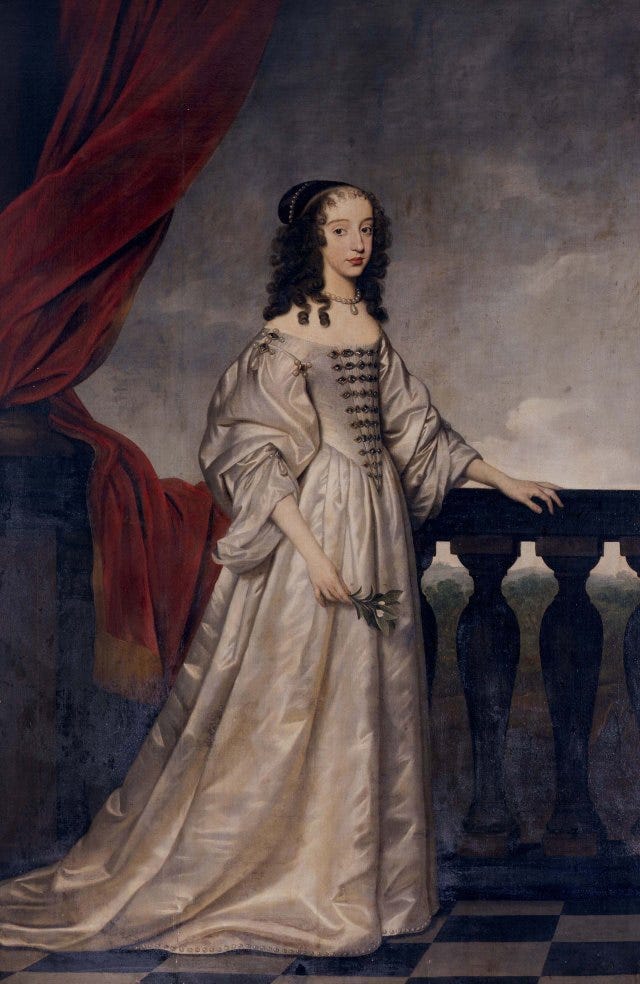


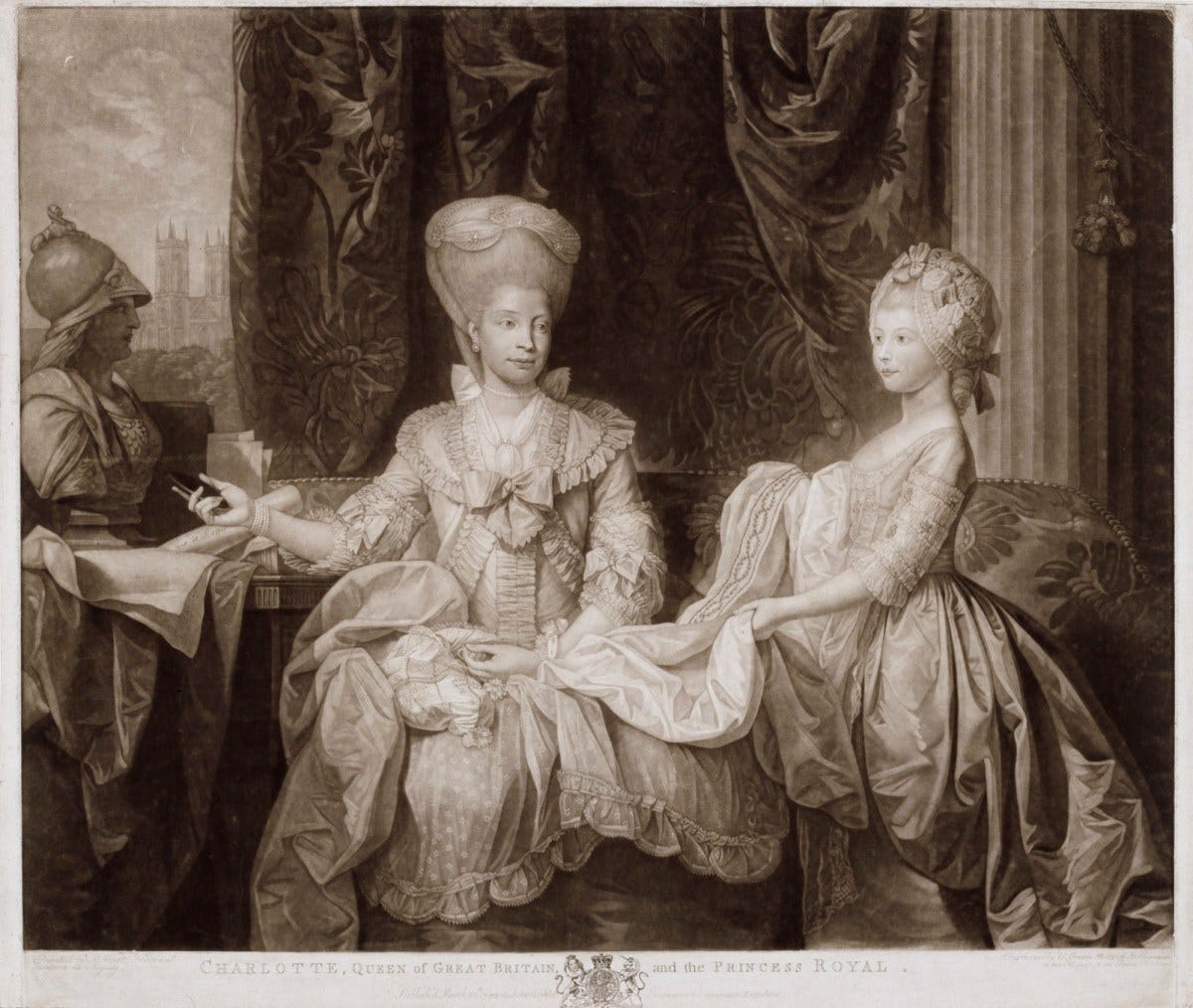
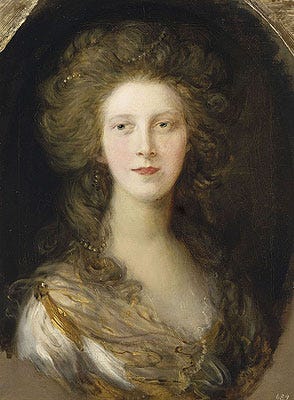
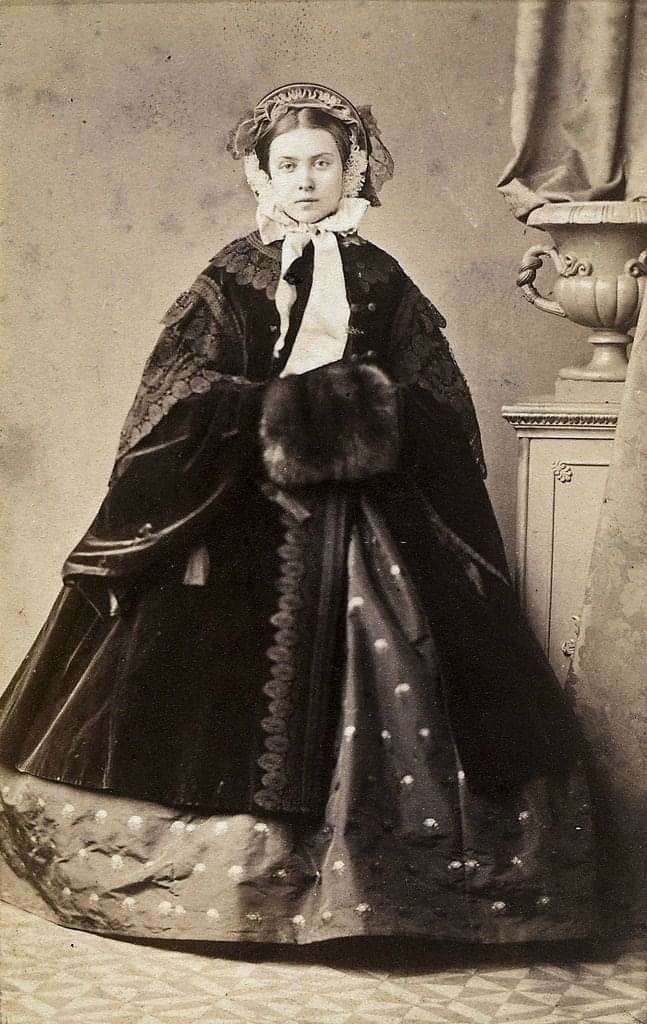





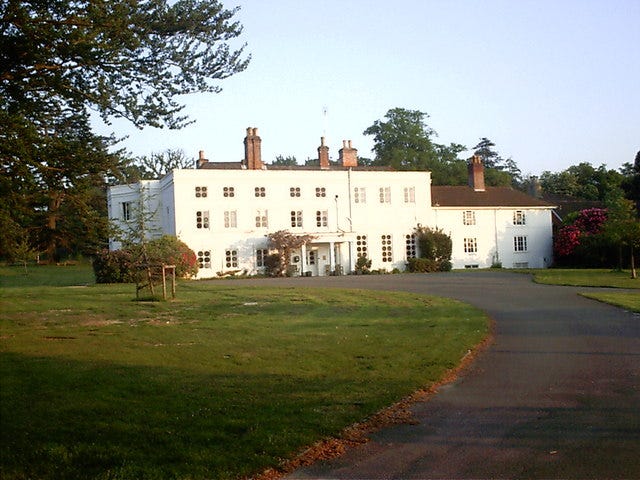

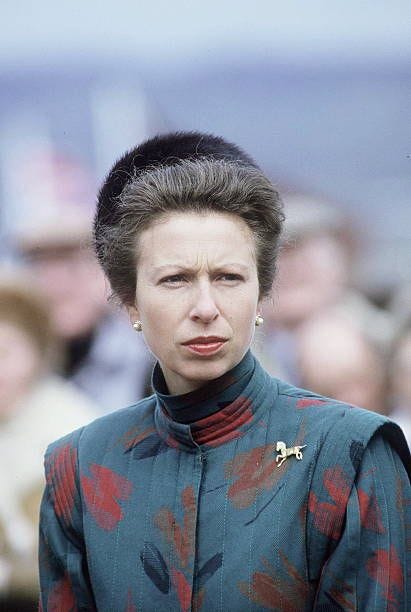
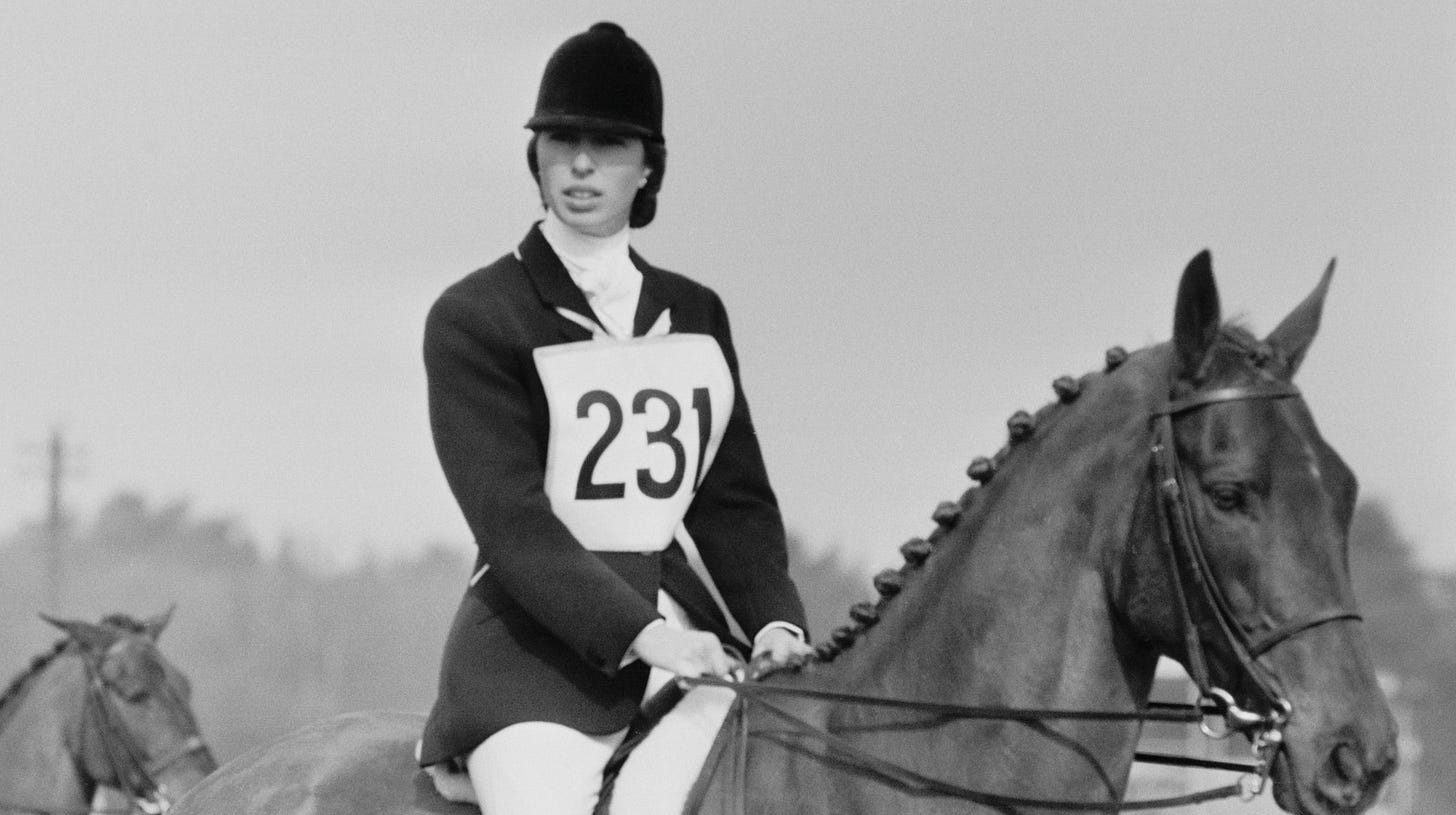

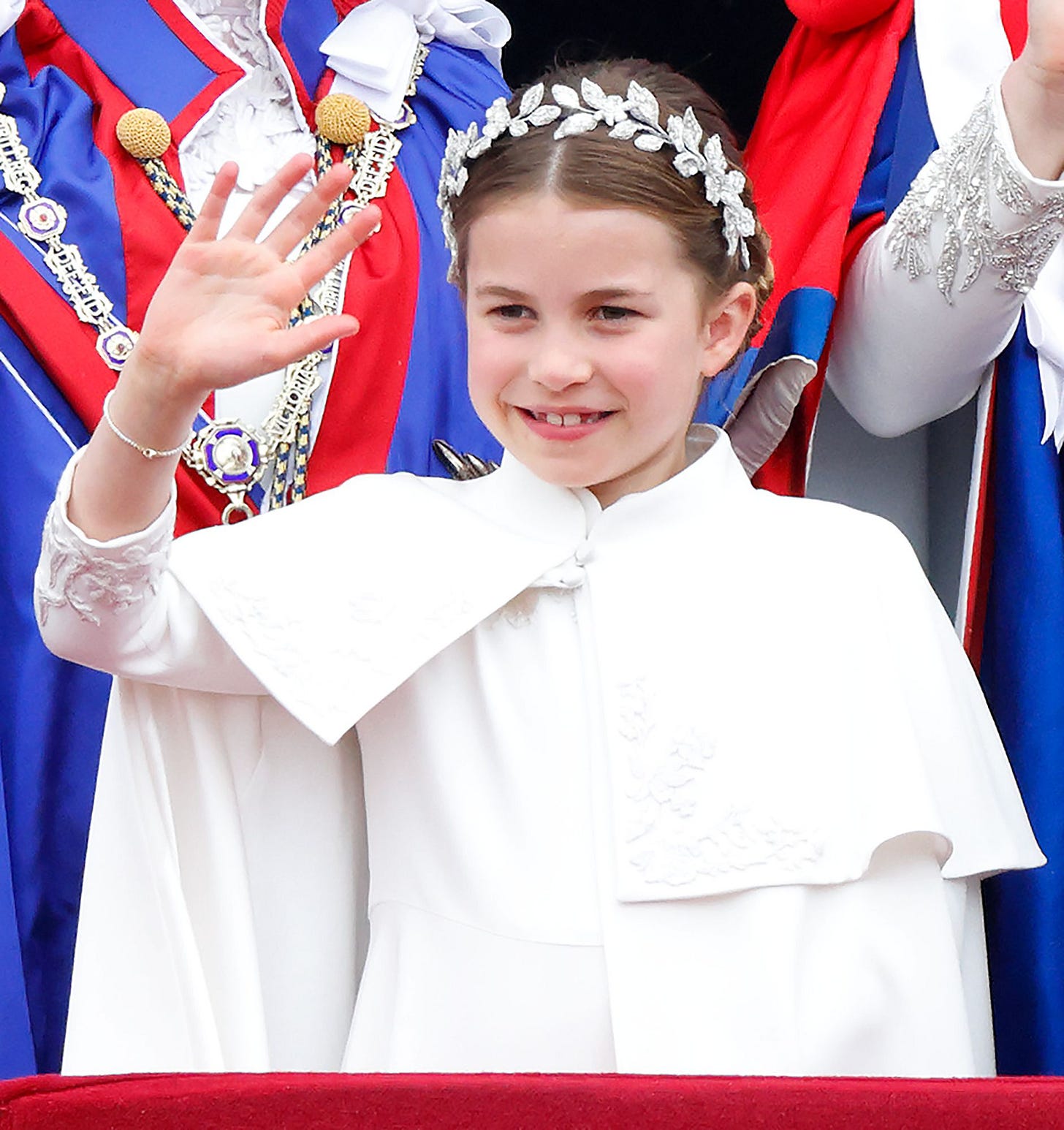
I feel like the monarchy is regressing in how involved royals are to causes, like these Princesses Royal seems very boots on the ground whereas today’s Royals in general just “shine a light”/“spark conversation” 🙄
Love this. But doesn't Princess Anne have a criminal conviction for harm to children caused by one of her dogs?